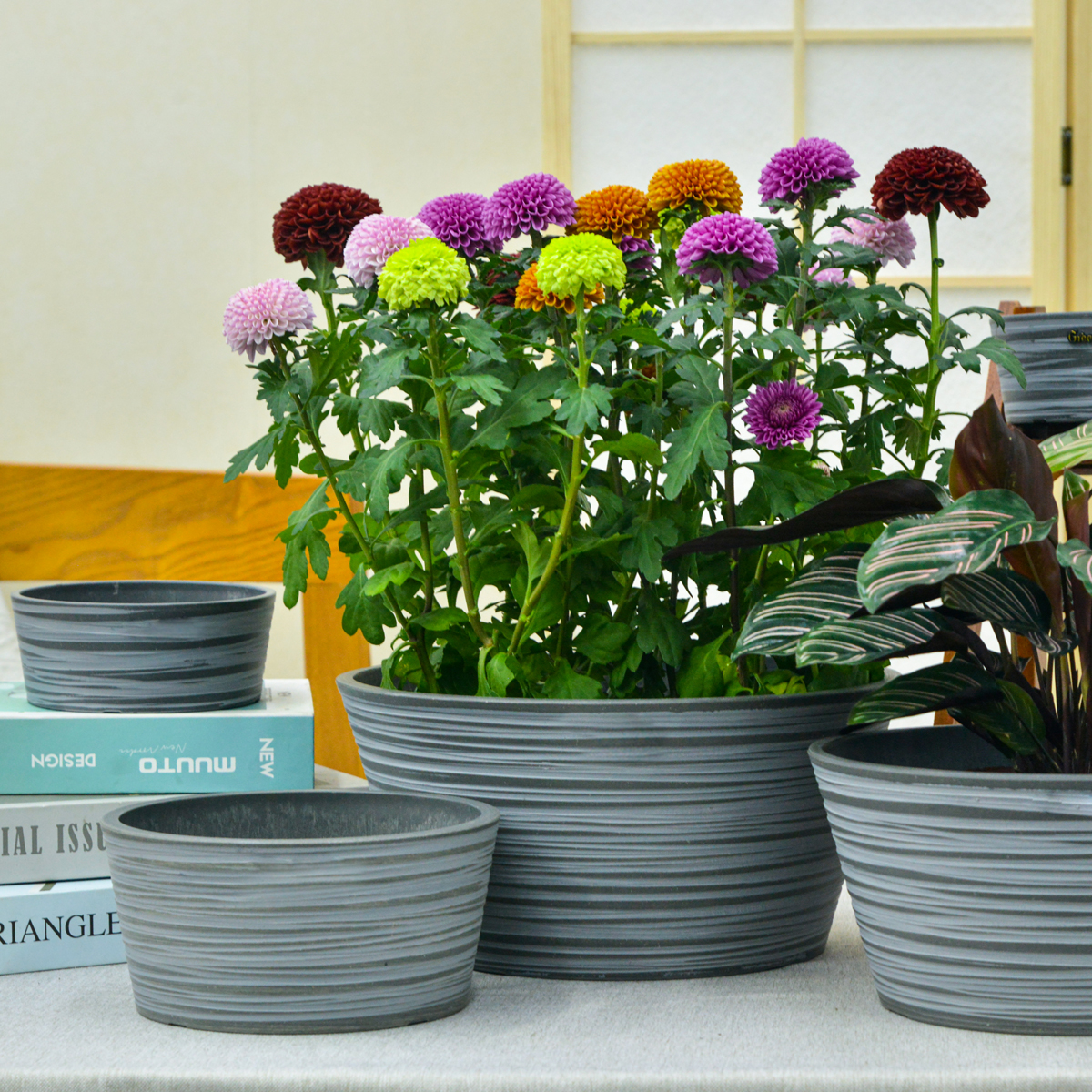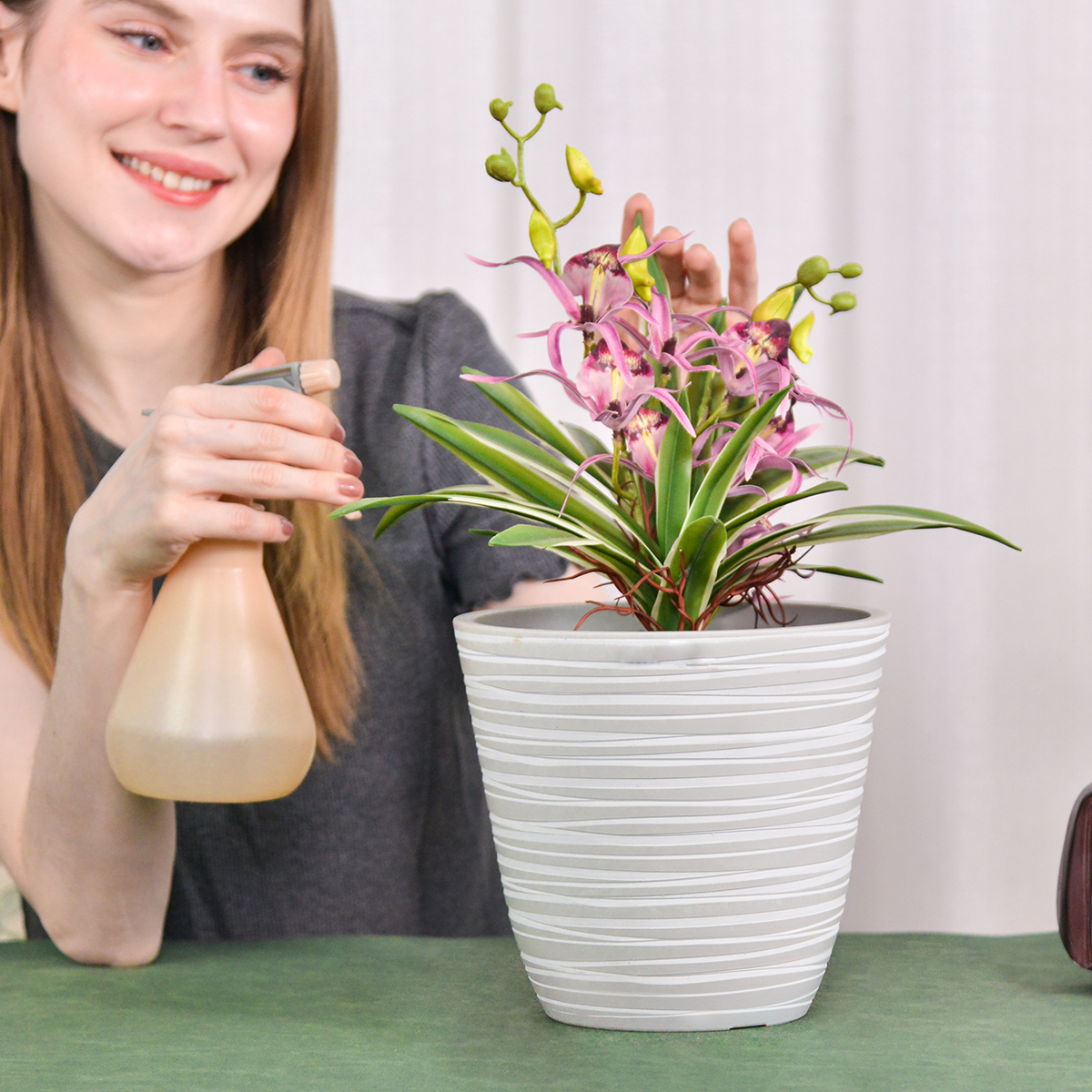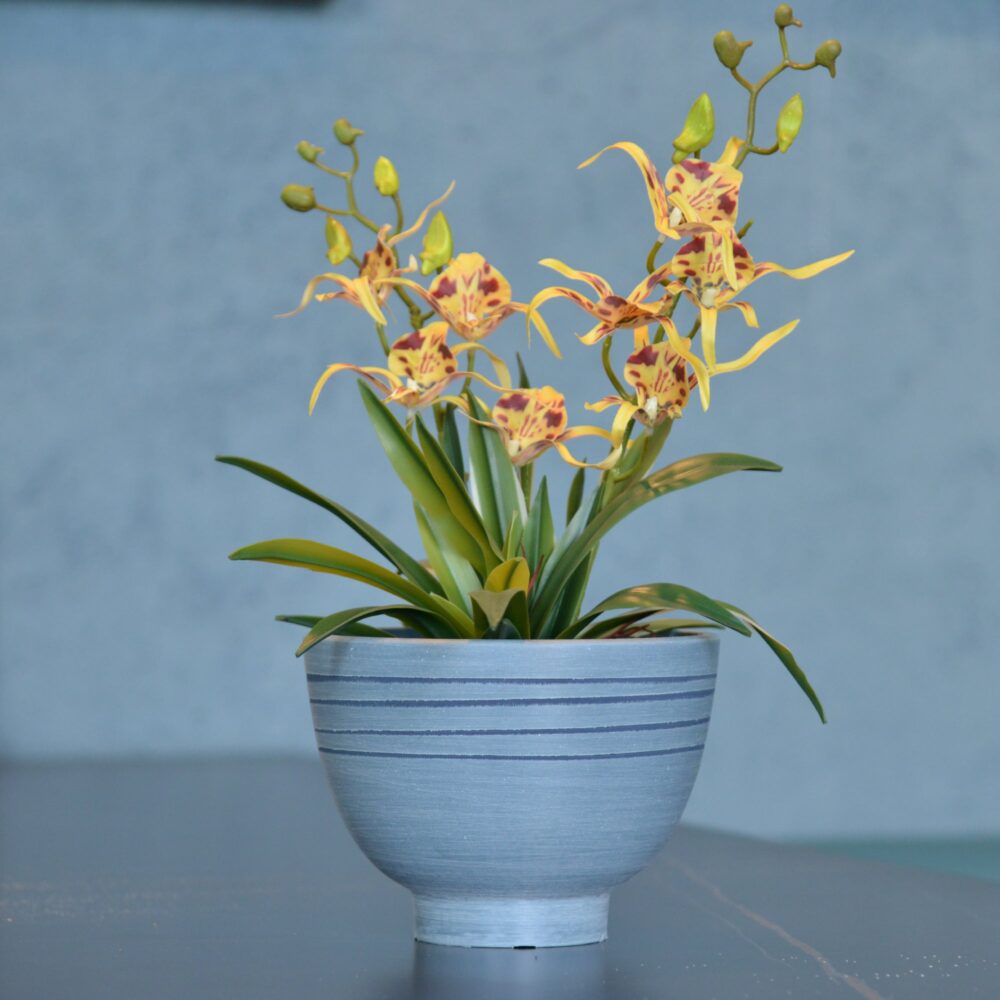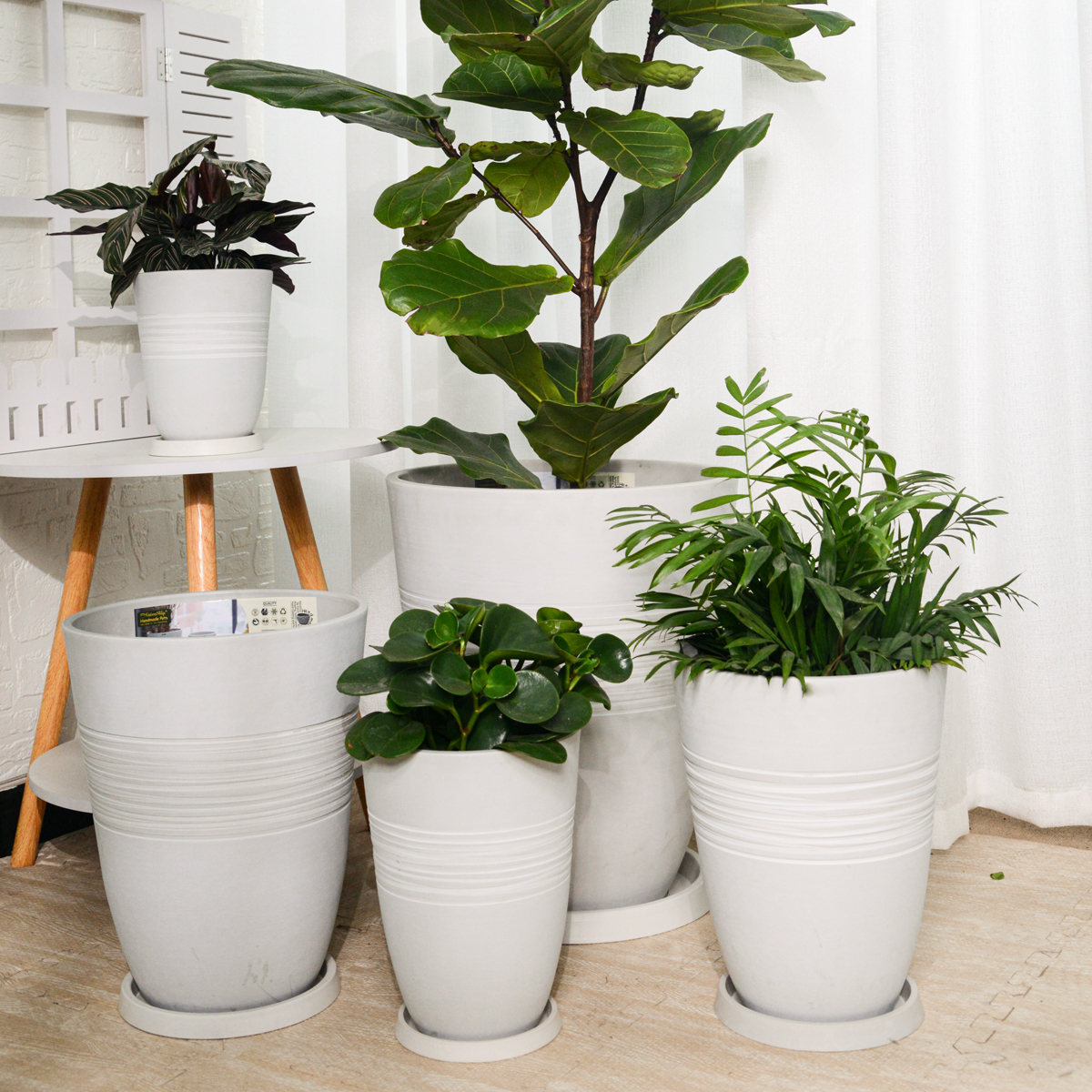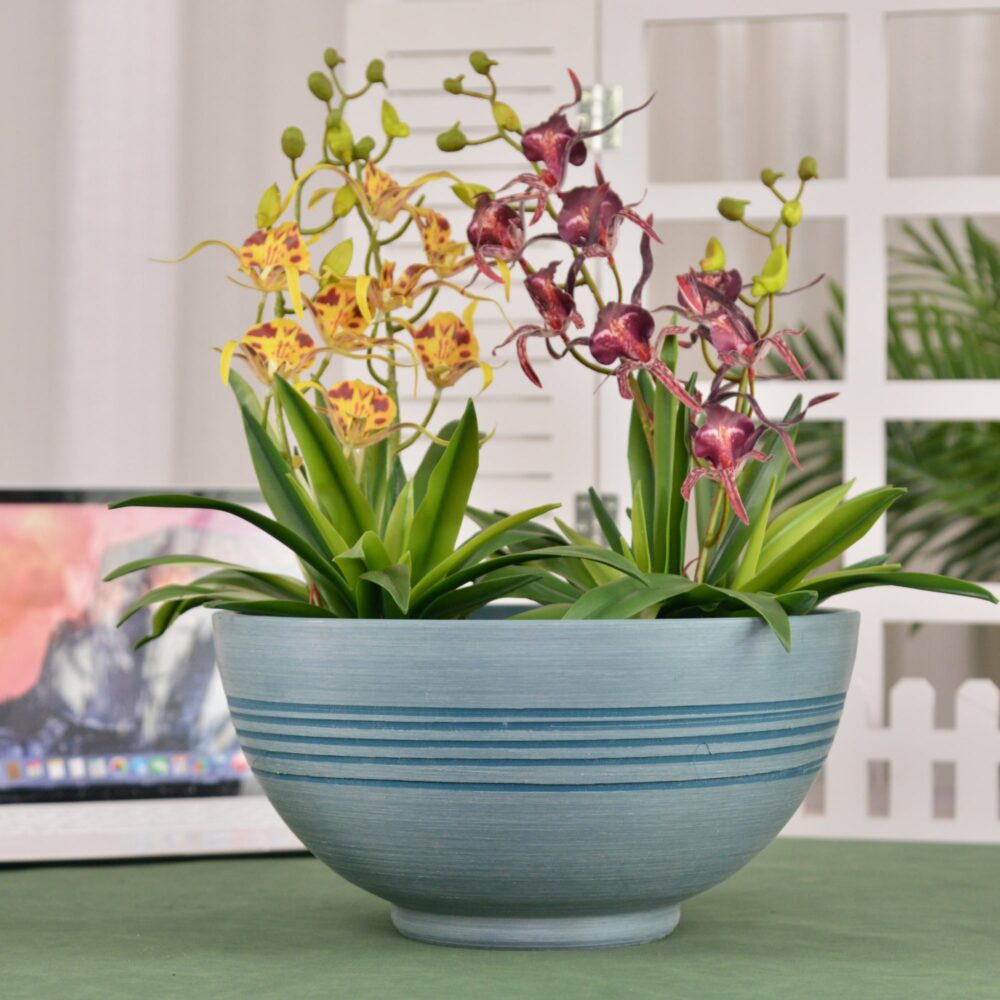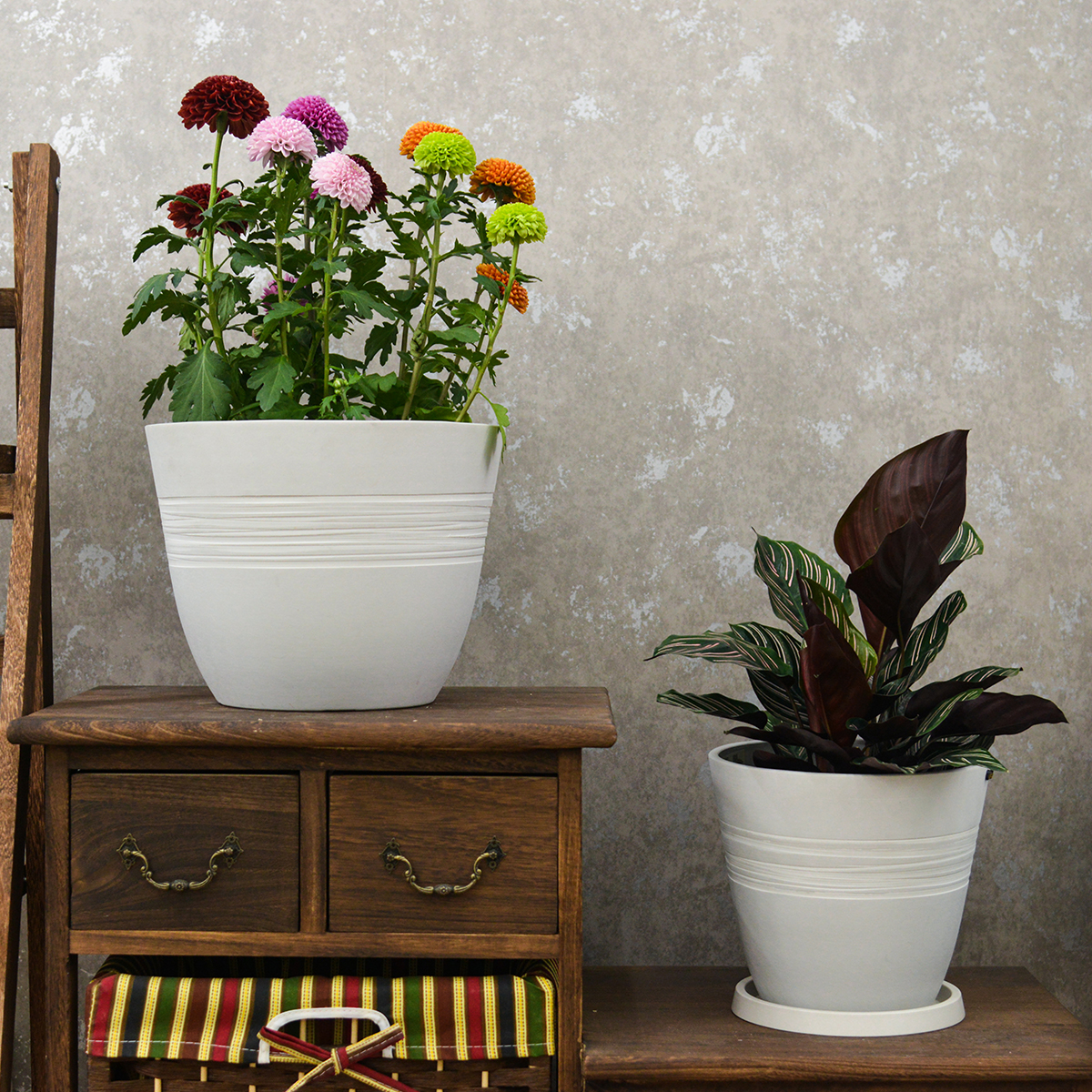How Do I Choose a Planter with Drainage Holes? Ensuring Healthy Roots for Thriving Plants
Choosing the right planter for your plants is crucial for their overall health and growth. While aesthetics are important, one of the most critical features to consider is drainage holes. These seemingly simple openings play a vital role in preventing waterlogged soil, which can lead to root rot and ultimately the demise of your beloved plants. This guide will explain why drainage holes are essential and how to choose the perfect planter with adequate drainage for your gardening needs.
Why are Drainage Holes So Important for Planters?
Think of drainage holes as the escape route for excess water in your planter. Here’s why they are absolutely necessary for most plants:
- Prevents Root Rot: Overwatering is a common mistake that can suffocate plant roots. When soil stays consistently wet, it deprives the roots of oxygen, leading to fungal growth and root rot, a fatal condition for many plants. Drainage holes allow excess water to escape, ensuring the roots get the oxygen they need to thrive.
- Maintains Healthy Soil Aeration: Plant roots need oxygen to respire and absorb nutrients. Waterlogged soil fills the air pockets in the soil, making it difficult for roots to breathe. Drainage holes help maintain a balance of water and air in the soil.
- Flushes Out Excess Salts and Minerals: Over time, salts and minerals from tap water and fertilizers can build up in the soil. Drainage holes allow these excess substances to be flushed out when you water, preventing them from harming your plants.
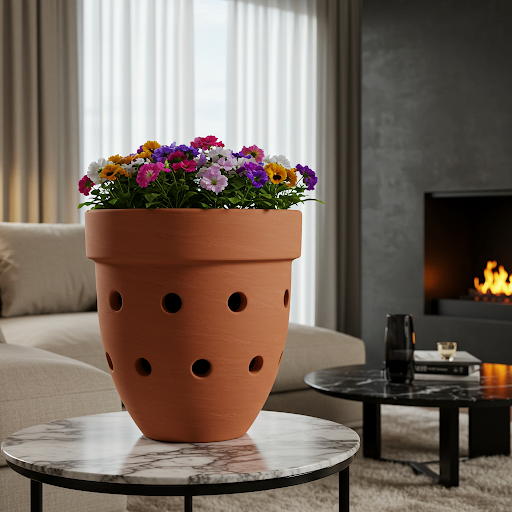
What Types of Planters Typically Have Drainage Holes?
Most traditional outdoor and many indoor planters are designed with drainage holes. Here are some common types:
- Terracotta Pots: Naturally porous, terracotta pots often have one or more drainage holes at the bottom. Their porosity also aids in evaporation, which can be beneficial for some plants.
- Plastic Pots: Most standard plastic nursery pots and decorative plastic planters come with pre-drilled drainage holes.
- Ceramic and Glazed Pots: These often have one or more drainage holes. Ensure the glaze doesn’t block the holes.
- Wooden Planters: While wood itself can offer some drainage, well-designed wooden planters for outdoor use will often include drainage holes or gaps at the bottom.
- Concrete and Stone Planters: These heavier planters usually have drainage holes, though sometimes they can be smaller.
How to Choose a Planter with the Right Drainage:
Here’s what to consider when selecting a planter with drainage holes:
Plant Type:
- Plants that prefer well-draining soil: Most common houseplants and outdoor plants (like succulents, cacti, herbs, and many flowering plants) thrive in planters with good drainage.
- Plants that prefer consistently moist soil: Some plants (like peace lilies, ferns, and calatheas) prefer consistently moist soil but still need some drainage to prevent waterlogging. Ensure the planter has drainage but consider using a moisture-retentive potting mix.
- Plants that can tolerate wet feet: Very few plants truly thrive in constantly waterlogged conditions. Even moisture-loving plants need some level of drainage.
Size of the Planter: Larger planters generally benefit from having more or larger drainage holes to accommodate the greater volume of soil and water.
Location (Indoor vs. Outdoor):
- Outdoor Planters: Drainage is crucial for outdoor planters as they are exposed to rain. Look for planters with ample drainage to prevent them from becoming waterlogged after a downpour.
- Indoor Planters: While still important, you’ll need to consider how you’ll manage the drained water. Use a saucer or tray underneath the planter to catch excess water and empty it promptly to avoid damaging surfaces.
Number and Size of Drainage Holes: Check the number and size of the drainage holes. For larger pots, multiple holes are often better than a single small one. Make sure the holes are not blocked by the planter’s design or the surface it’s placed on.
Material of the Planter: While most materials can accommodate drainage holes, consider how the material interacts with water. For example, terracotta’s porosity can complement drainage.

What if the Planter I Love Doesn’t Have Drainage Holes?
Sometimes you might fall in love with a planter that lacks drainage holes. Here are a few options:
- Drill Drainage Holes: If the planter material allows (like plastic, terracotta, or some thinner ceramics), you can often drill your own drainage holes. Use appropriate drill bits and caution.
- Use a Liner Pot: Place your plant in a nursery pot with drainage holes and then place that pot inside the decorative planter without drainage. This allows you to easily remove the inner pot for watering and drainage. Just be careful not to let water accumulate in the bottom of the decorative planter.
- Add a Layer of Drainage Material (Use with Caution): While often suggested, simply adding a layer of gravel or pebbles at the bottom of a planter without drainage holes doesn’t actually improve drainage. It can create a perched water table, potentially keeping the roots even wetter. This method is generally not recommended as a substitute for proper drainage holes.
Conclusion: Prioritize Drainage for Happy, Healthy Plants
When choosing an outdoor or indoor planter, always prioritize those with adequate drainage holes. This simple feature is essential for preventing root rot and ensuring your plants receive the right balance of water and air. By considering your plant’s specific needs, the planter’s size and location, and the number and size of the drainage holes, you’ll be well on your way to creating a thriving and beautiful plant display.
11THD
By greenship|2024-08-13T02:52:20+00:00August 13, 2024|Categories: Hand-carving Series|
11V
By greenship|2024-08-13T03:05:48+00:00August 13, 2024|Categories: Hand-carving Series|
8 inch/10 inch Planter Indoor Plants, 2 Pack Modern Decorative Plant Pots with Drainage Hole, Cute Bowl Shape Flower Pots
By greenship-seo|2025-04-10T08:03:42+00:00January 9, 2025|Categories: Hand-carving Series|Tags: Decorative Flower Pots, Self-Watering Pots|
KC2-11VH
By greenship|2024-08-16T06:19:28+00:00August 16, 2024|Categories: Hand-carving Series|
13 inch Planter for Indoor Plants, Set of 2 Modern Decorative Plant Pots with Drainage Hole, Cute Bowl Shape Flower Pots
By greenship-seo|2025-04-10T07:41:46+00:00January 10, 2025|Categories: Hand-carving Series|Tags: Decorative Flower Pots, Self-Watering Pots|
KC2-11V
By greenship|2024-08-16T05:39:50+00:00August 16, 2024|Categories: Hand-carving Series|

